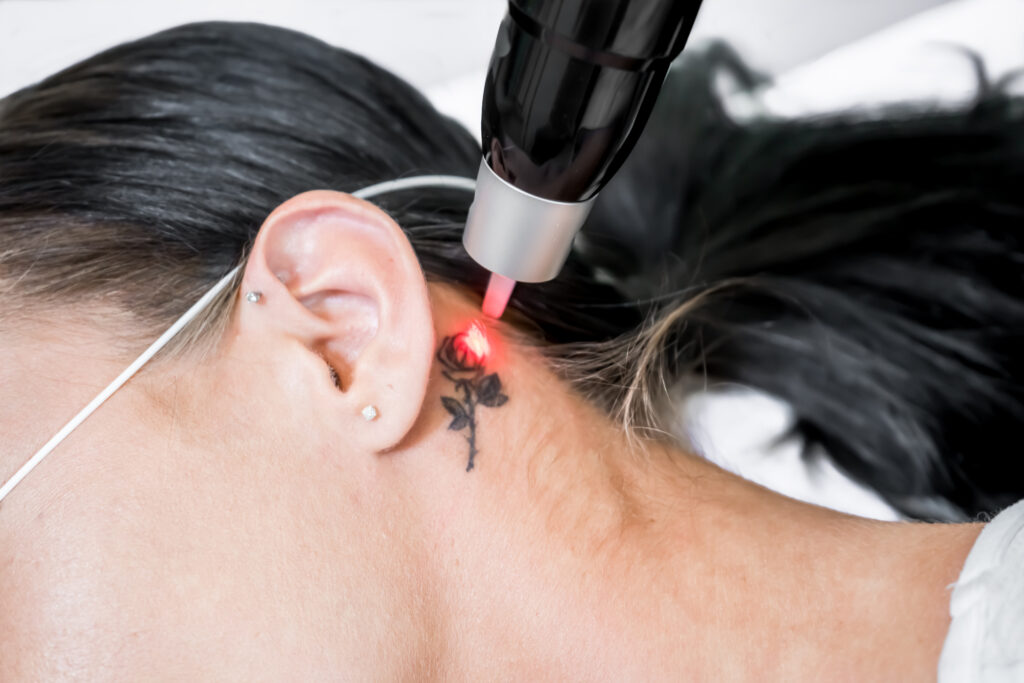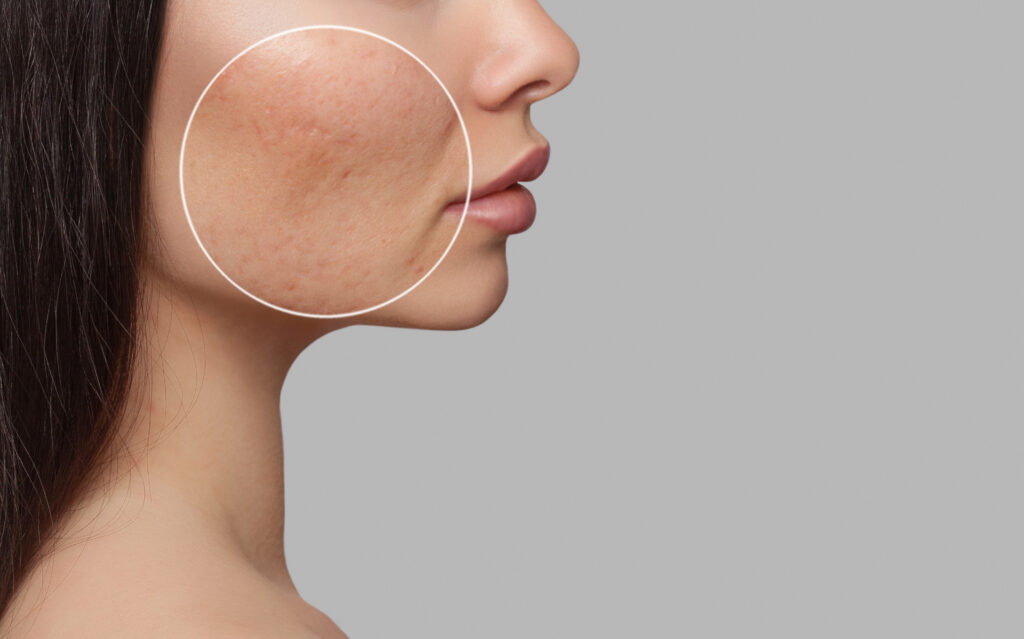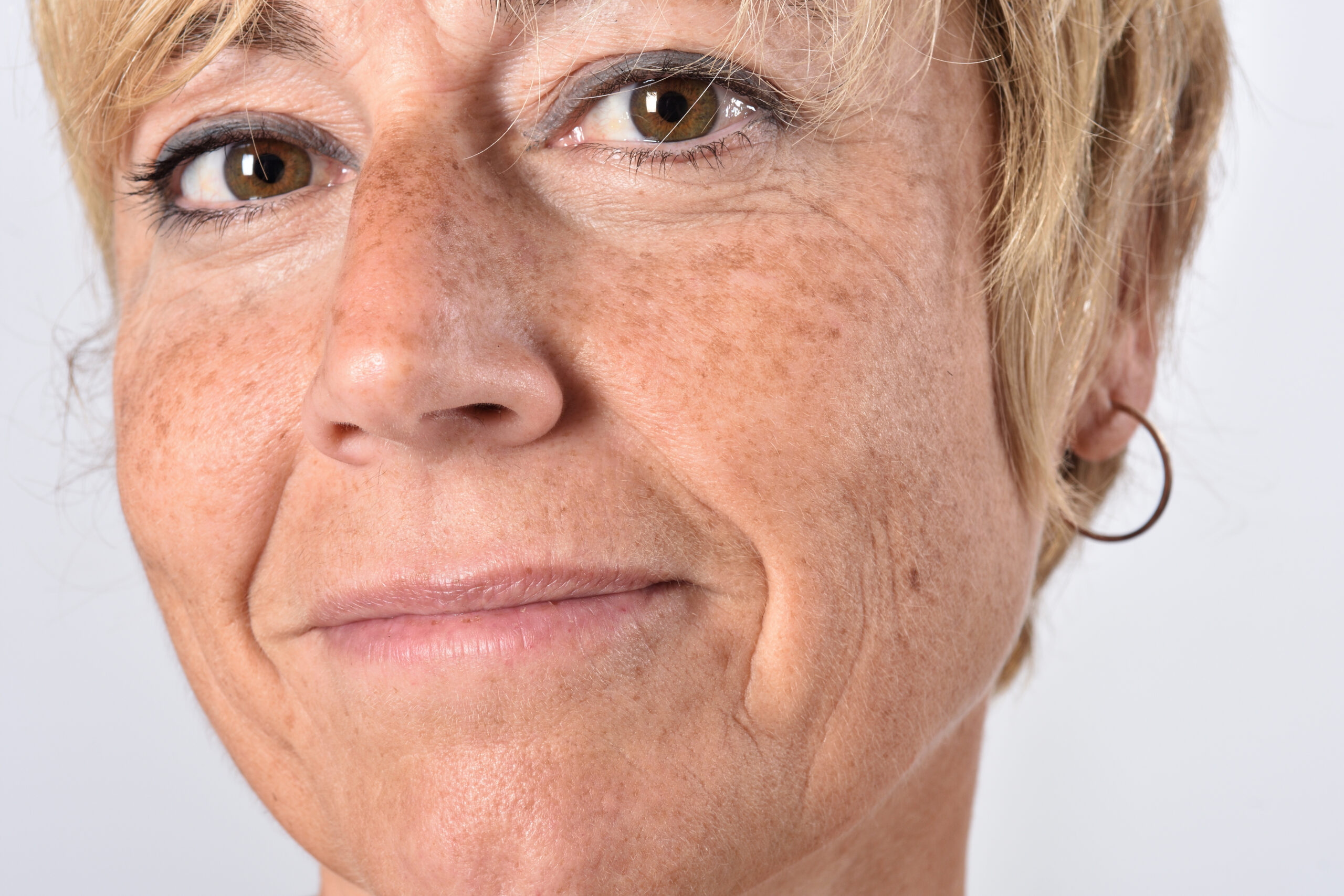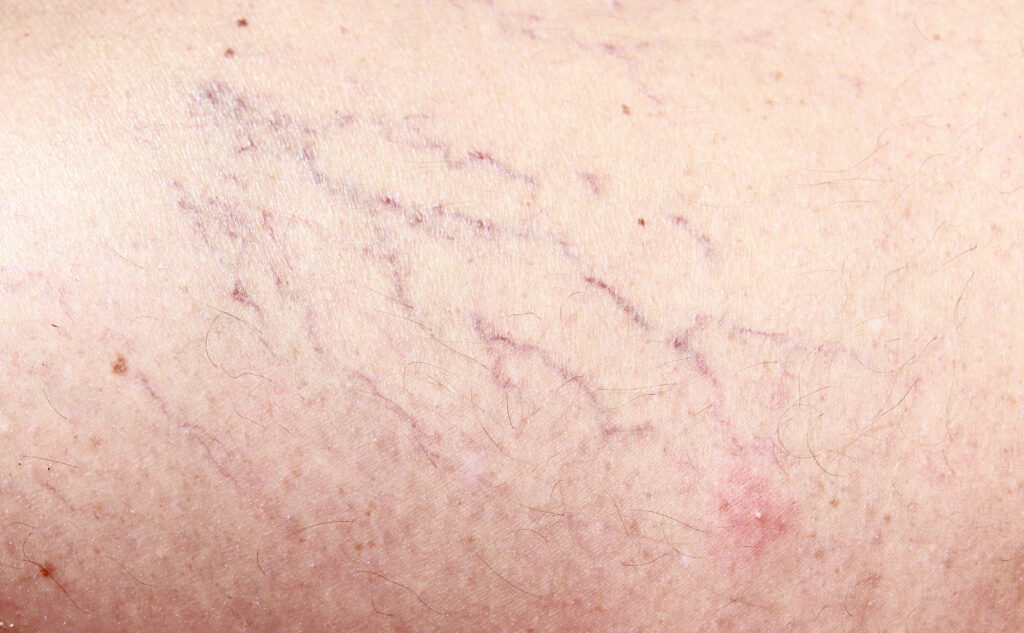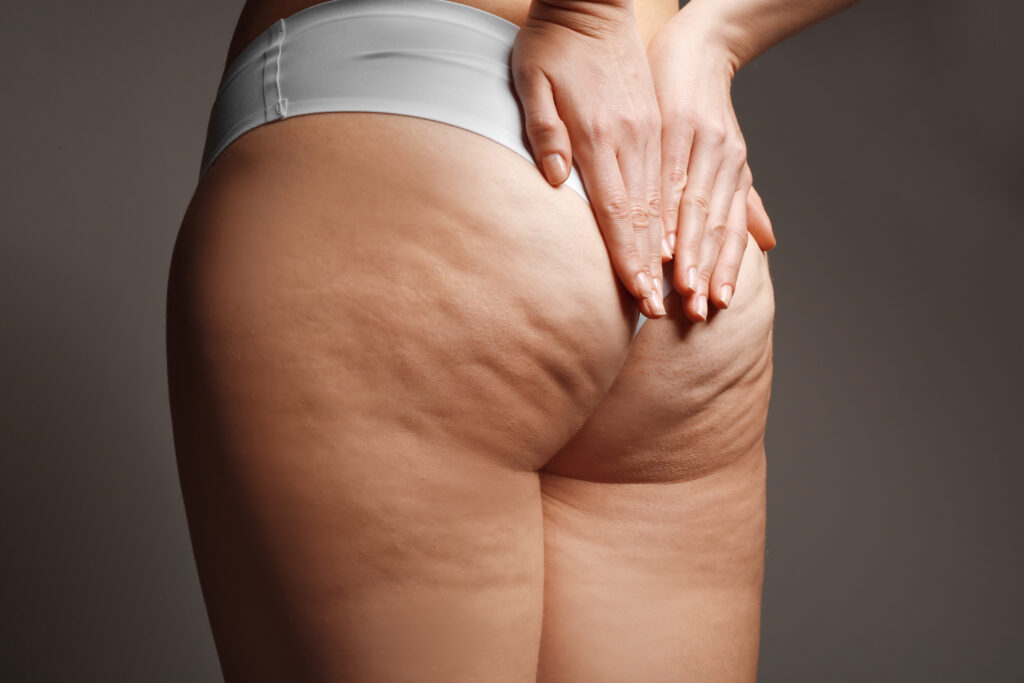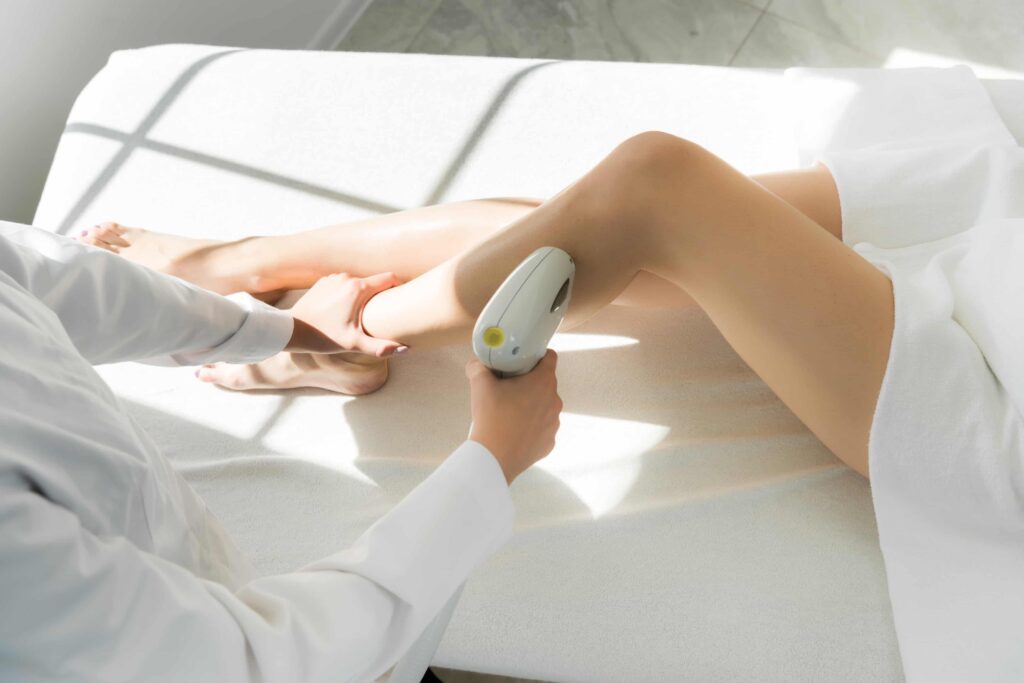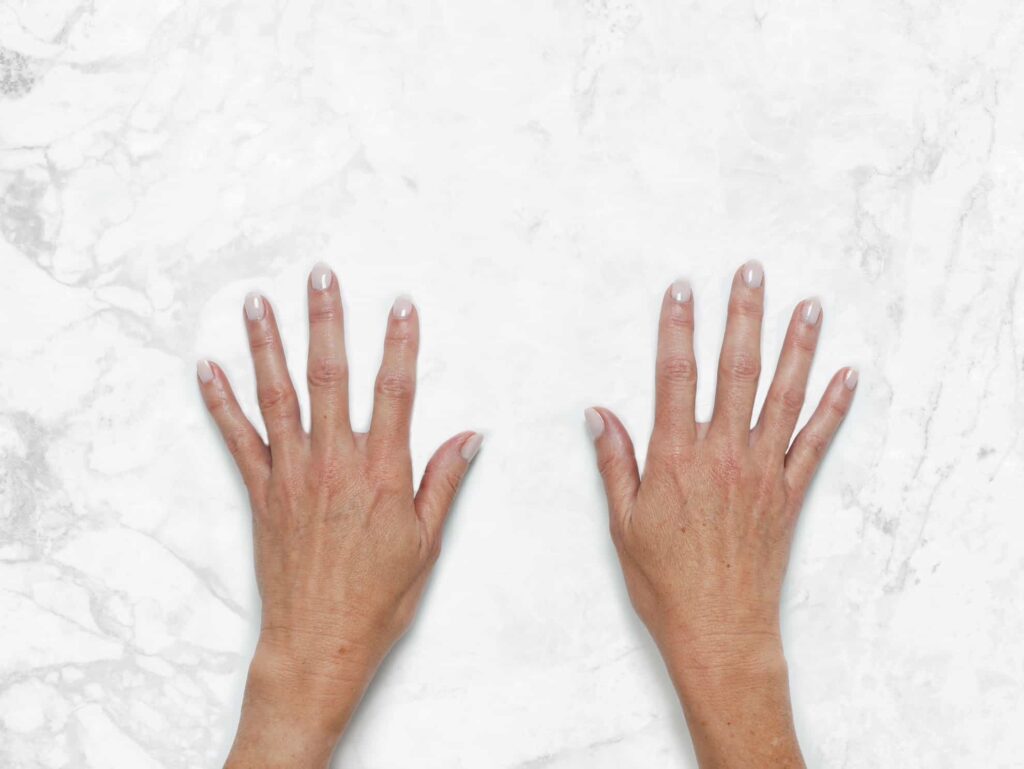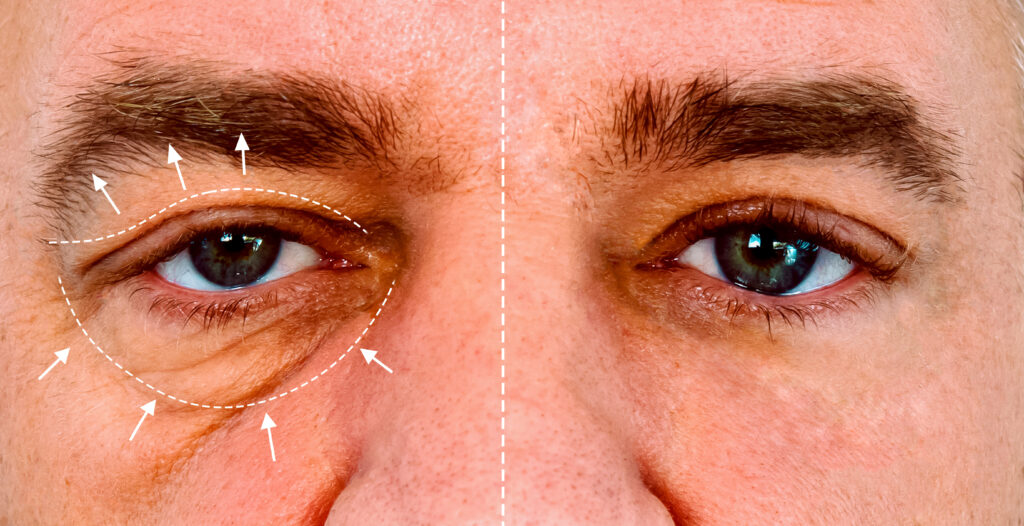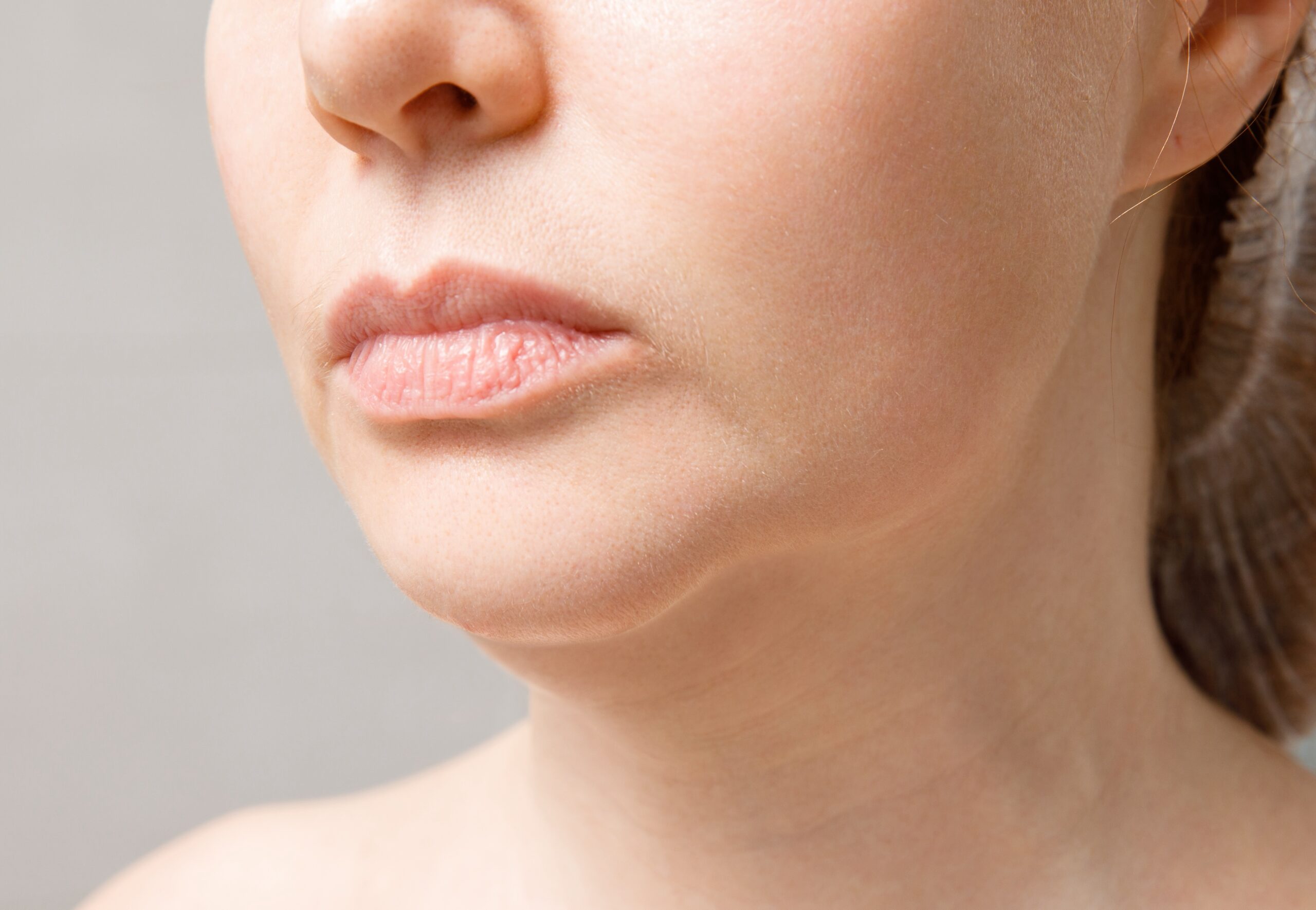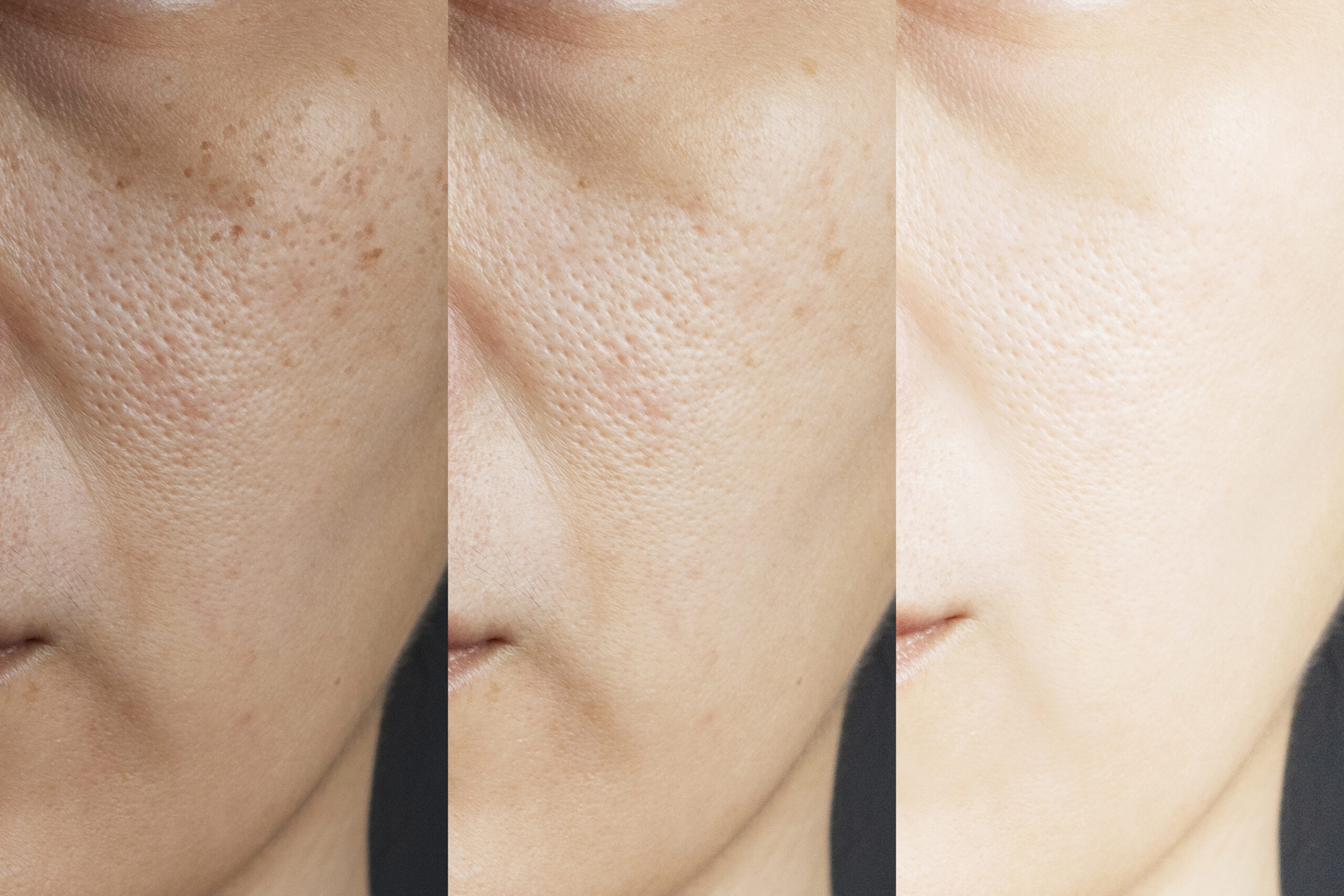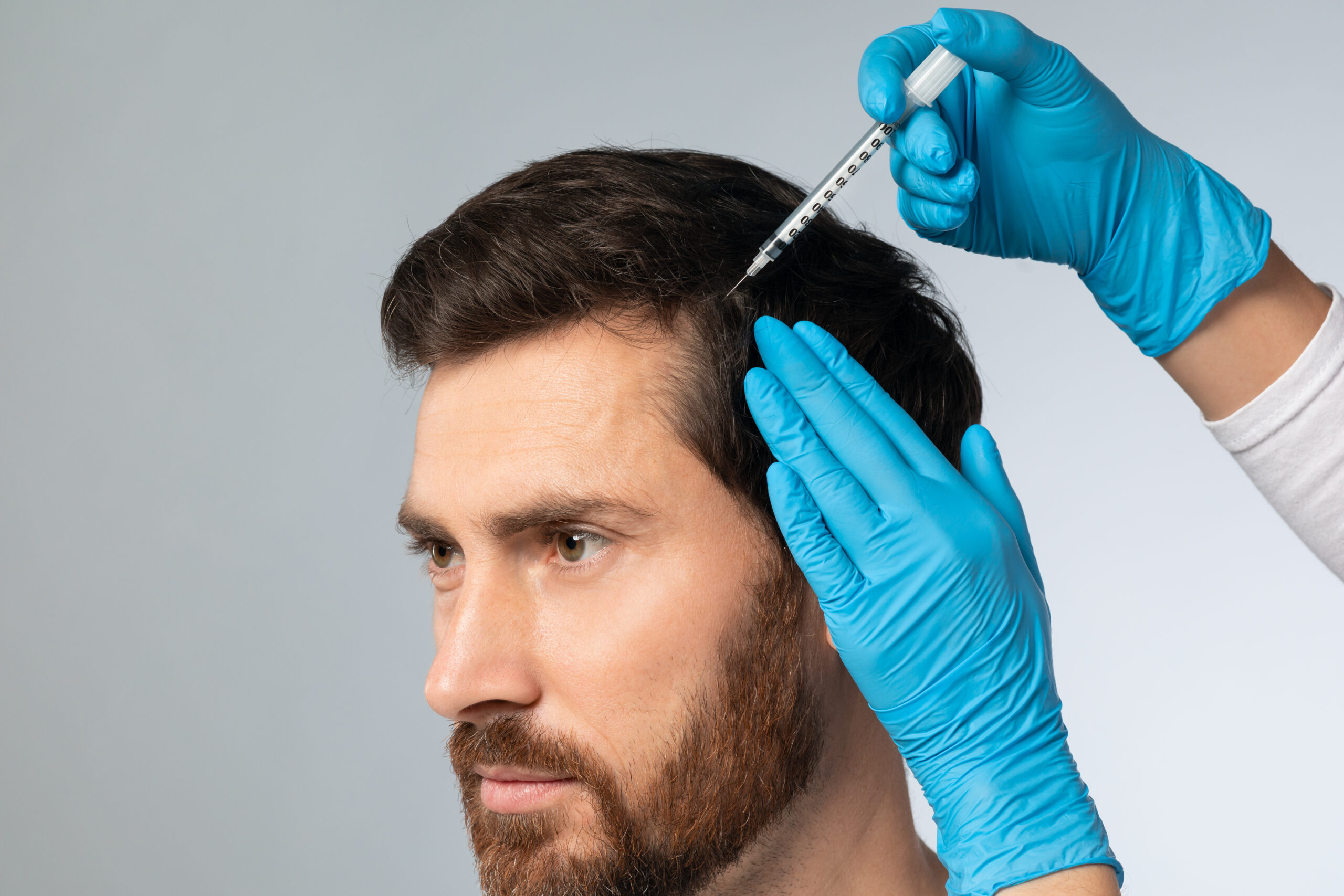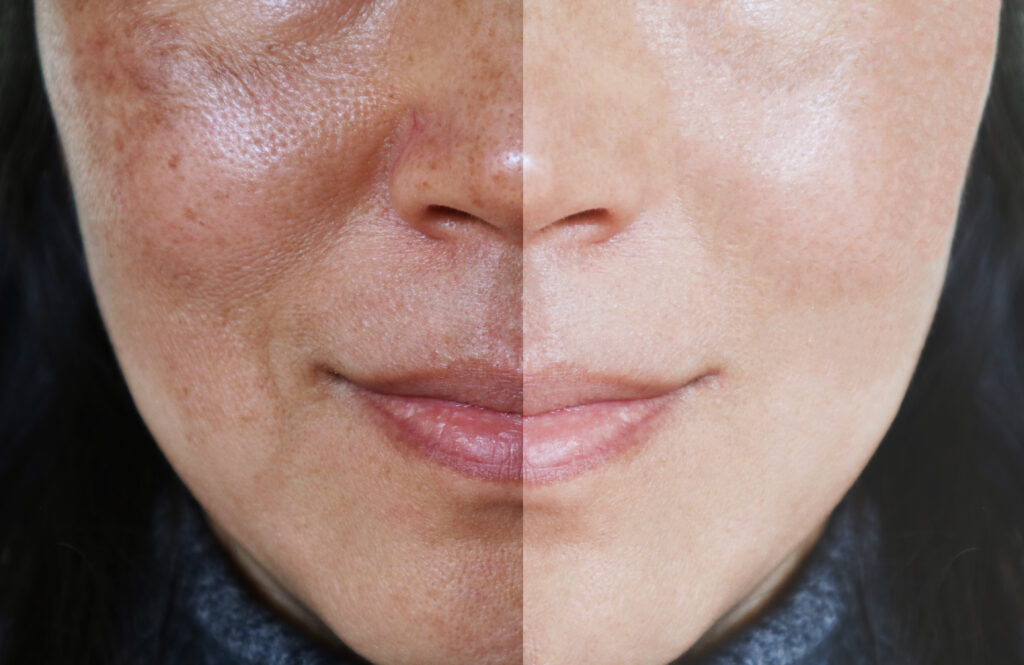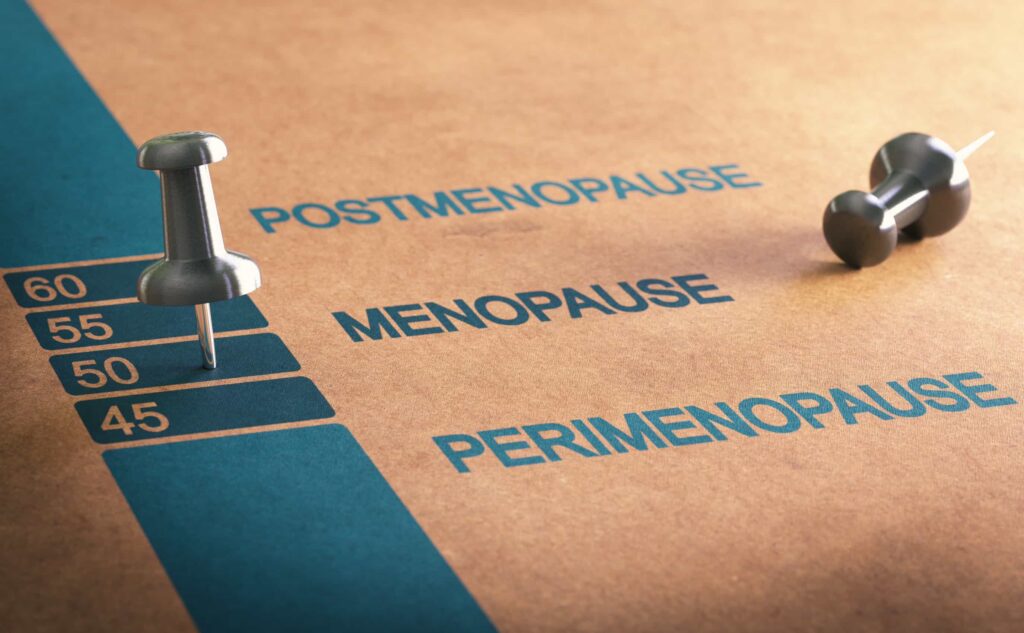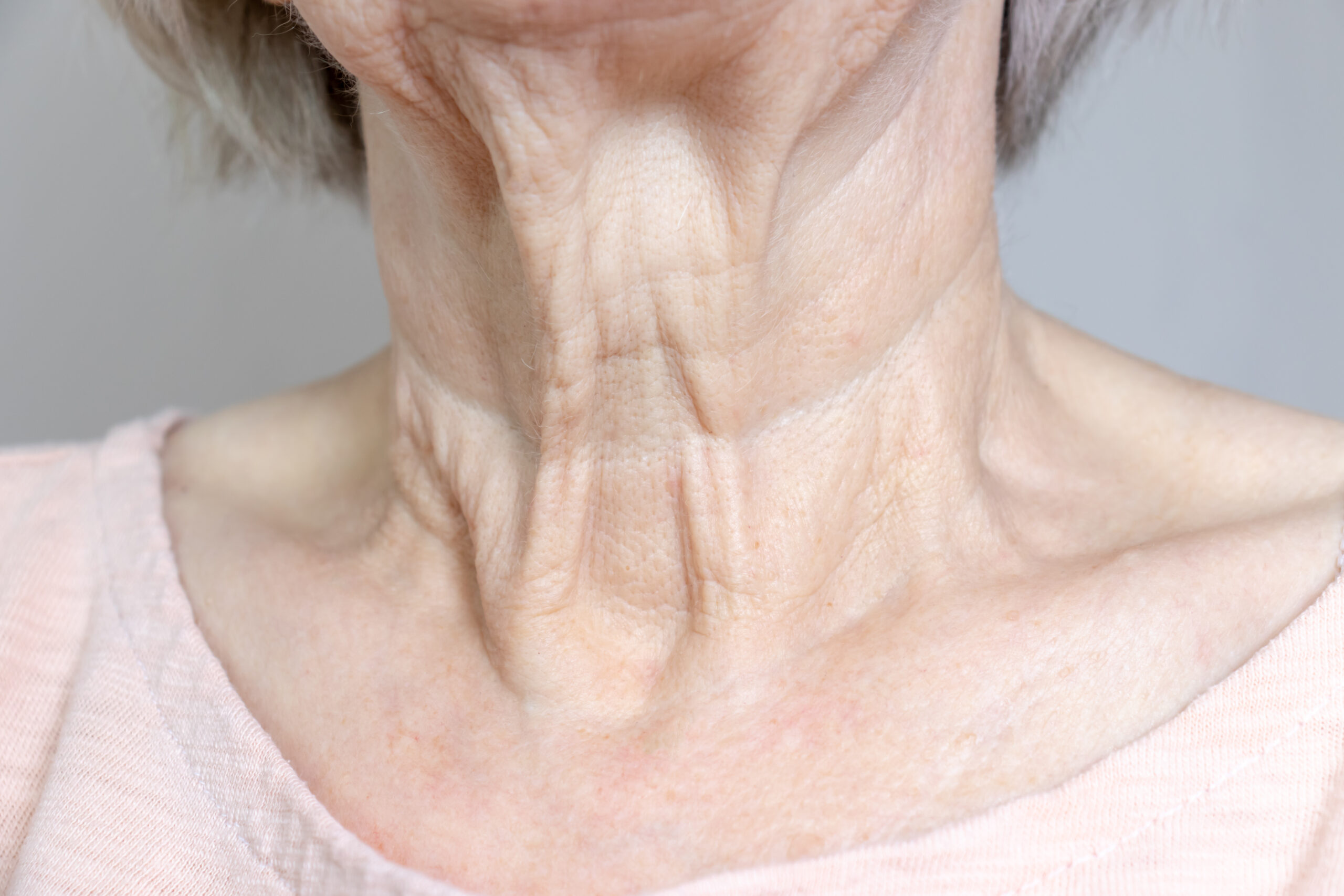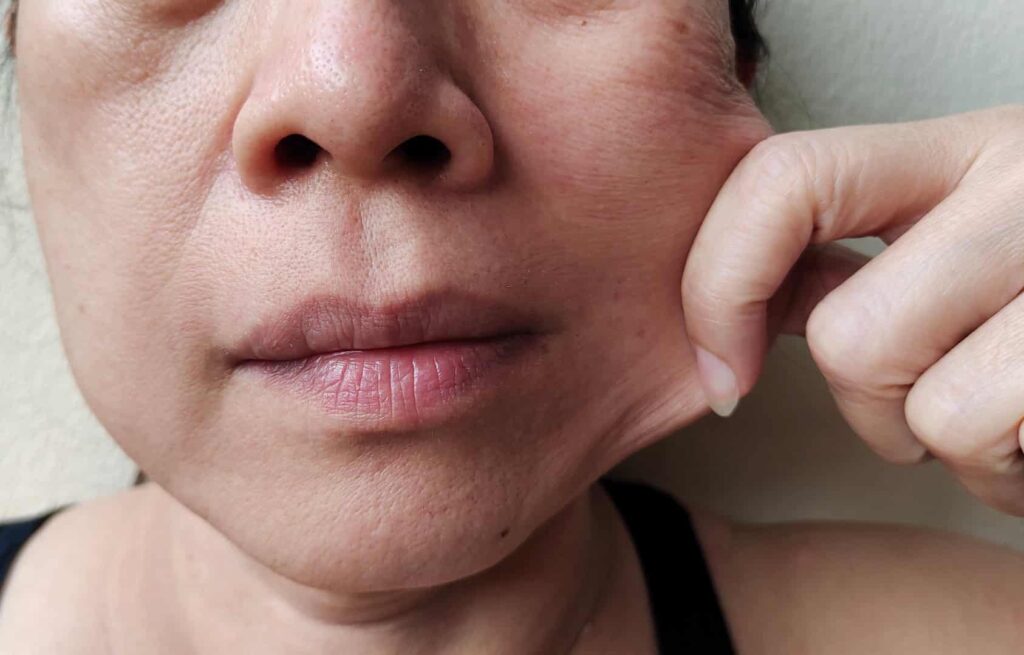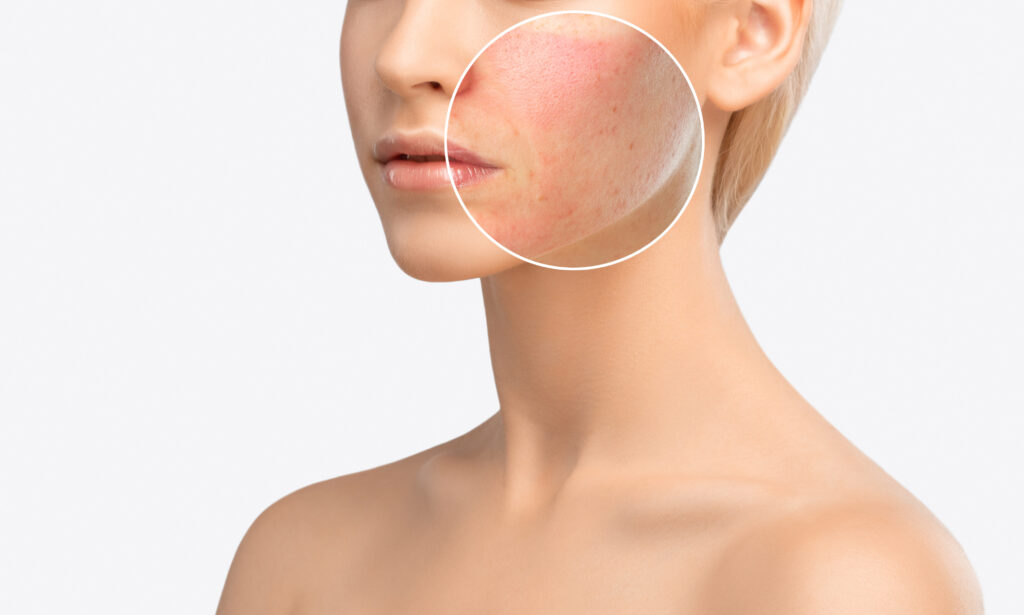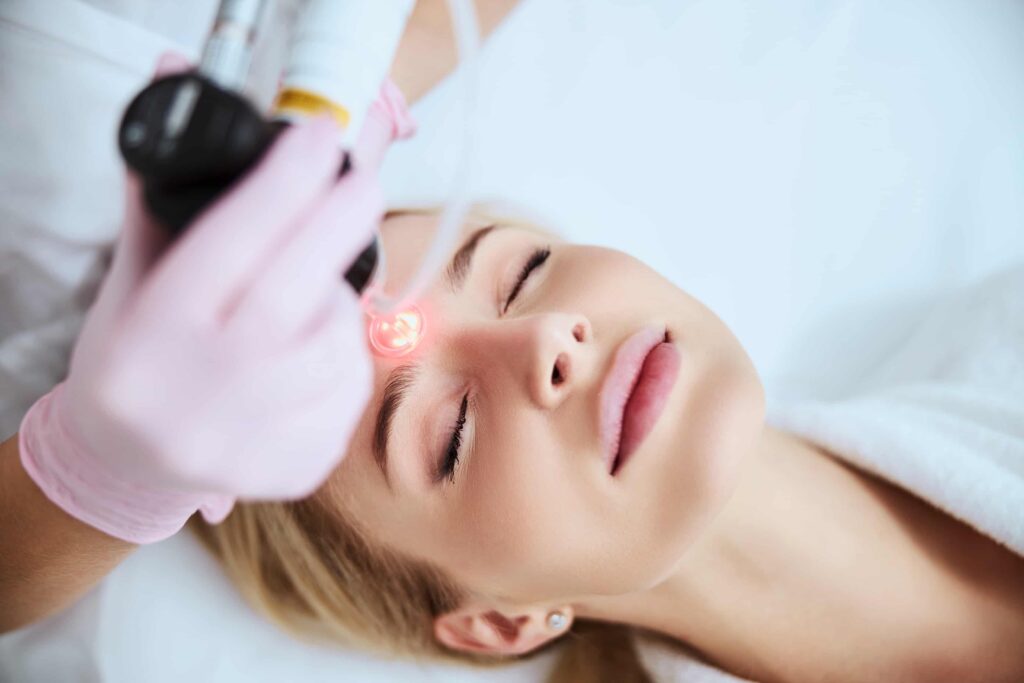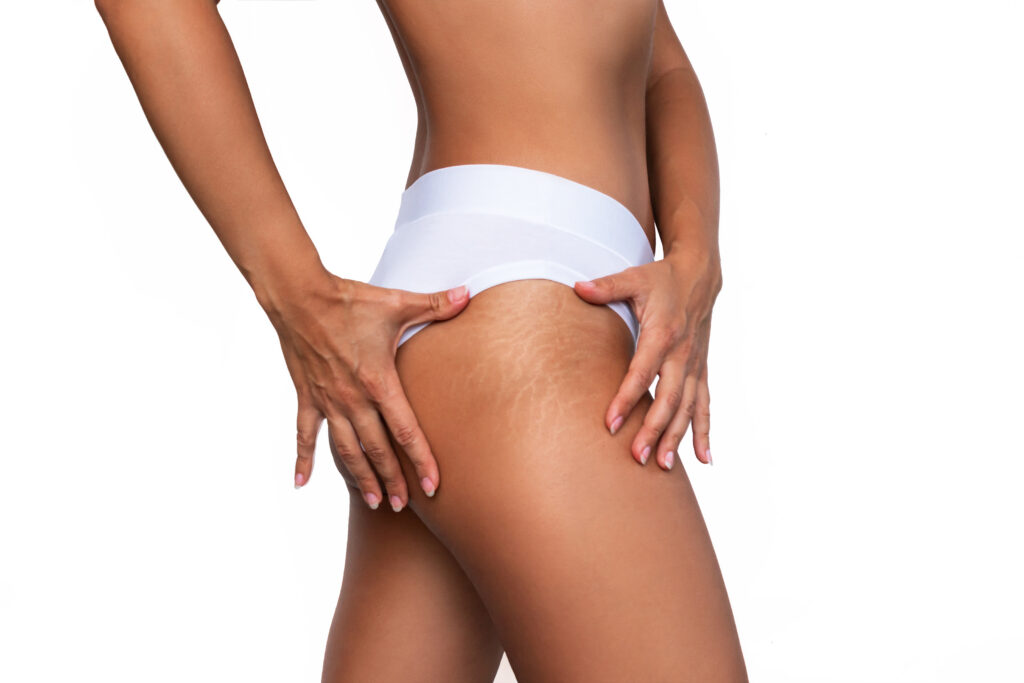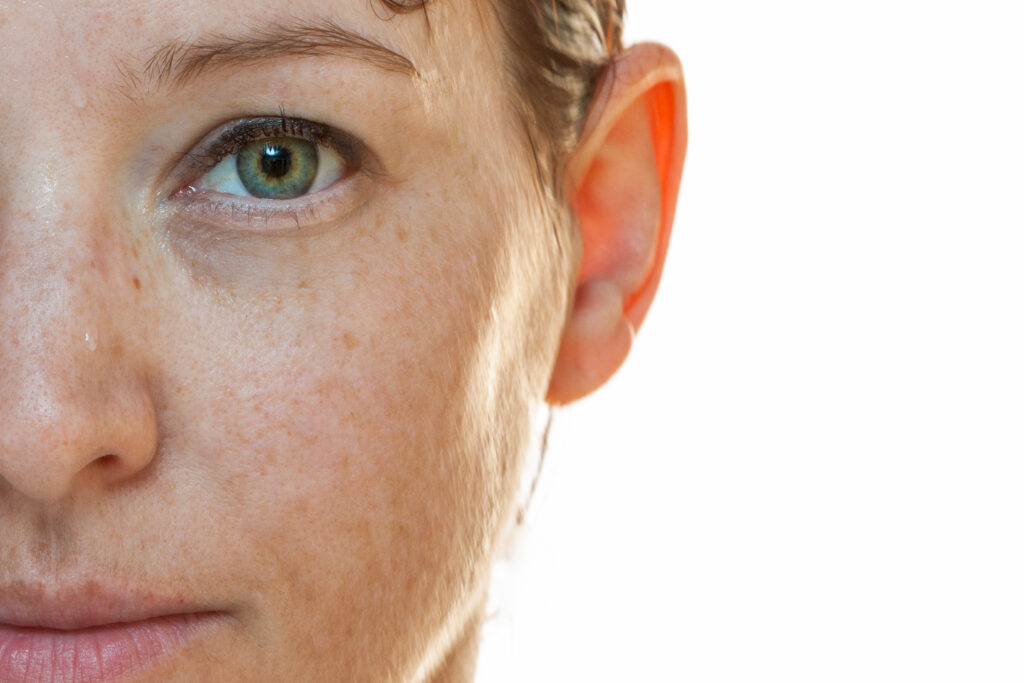Device that uses hollow needles to remove micro-cores of skin, resulting in an improved appearance of moderate and severe wrinkles in the mid and lower face without the evidence of scarring.
All rights and credit go directly to its rightful owner. No copyright infringement intended, AHQ does not own this video.
Ellacor is an innovative nonsurgical skin rejuvenation treatment that utilizes a technique known as micro-coring to effectively smooth wrinkles and tighten the skin. This method, also referred to as fractional tissue extraction, involves the precise removal of 6,000 to 12,000 minuscule “micro-cores” of excess skin using hollow needles. Unlike traditional approaches, Ellacor does not rely on thermal energy or plastic surgery. The micro-cores penetrate the full thickness of the skin, yet their size—less than half a millimeter in diameter—ensures that they do not leave any noticeable scars.
This cutting-edge treatment offers a safe and effective option for those seeking skin rejuvenation without invasive procedures.
This treatment has been approved for adults aged 22 and older who are experiencing moderate to severe wrinkles and mild to moderate sagging.
Up to 8% of the skin’s volume may be removed in a single session. A series of treatments can yield more substantial skin tightening and smoothing effects compared to many nonsurgical treatment options.
When the Ellacor treatment is administered multiple times, the micro coring tissue removal can approximate the results achieved through a mini facelift. This represents a notable degree of skin tightening that occurs with micro-coring, resulting in significant improvement to the appearance of wrinkles without the scarring associated with surgical incisions.
It is particularly recommended for individuals in their mid-40s to 60s who desire natural-looking results without the risk of scarring. Additionally, it may be advantageous for younger patients seeking to postpone the need for future facelifts.
– Reduces wrinkles and tightens mildly to moderately sagging skin.
– 30-minute procedure utilizing local anesthesia.
– Leverages the body’s natural healing response, reducing the risk of unnatural results.
– Comparable skin removal to some surgical options
-Downtime can vary from days to weeks based on treatment intensity and healing.
– Two to three sessions typically suggested for optimal results.
– Full results may take months as new collagen develops.
– Significant sagging may still require a facelift despite nonsurgical alternative.
Your healthcare provider will initiate the procedure by administering local anesthesia to the treatment area or applying a potent topical anesthetic cream to minimize discomfort. A tumescent fluid, which consists of a diluted solution of epinephrine and local anesthetic, will also be utilized. Once the area is adequately numbed, the provider will employ a mechanical handpiece, methodically moving it across the treatment area to create micro-cores in a grid-like pattern, akin to a microneedling technique.
The device features three exceptionally thin hollow needles, each approximately 0.02 inches in diameter. These needles operate at a rapid pace, effectively treating a 10mm x 10mm square area in less than three seconds. Upon the creation of a micro-core, a vacuum system integrated within the device provides suction, which promptly removes the micro-cores of skin from the needles.
Your provider will have the capacity to specify the percentage of skin to be removed, with a maximum of 8% of the total surface area. It is common to observe pinpoint bleeding immediately following the procedure; however, this should cease upon the application of pressure with a damp, sterile cloth. Similar to fractional laser treatments, this procedure preserves bridges of normal skin between the micro-cores, facilitating skin contraction and a lifting effect. The intact skin also contributes to the expedited healing of the micro-cores.
The recovery period following the procedure may range from several days to several weeks, depending on individual patient factors and the specific treatment settings. It is important to note that healing is a unique process for each individual; thus, one may experience either a more expedited recovery or a prolonged healing time than anticipated.
You will be required to apply an occlusive dressing, such as petroleum jelly, to the treated area for a duration of 24 to 48 hours post-procedure.
Additionally, you will be advised to refrain from using makeup during this period, as it may harbor bacteria and increase the risk of infection, until the treated area has completely healed, which typically takes about one week.
During this initial week, it is recommended to utilize a gentle cleanser and to avoid skincare products containing potentially irritating active ingredients, such as retinol or acids. Furthermore, it is advisable to avoid sun exposure during the first week of recovery.
Once the skin has healed, the application of a broad-spectrum sunscreen with an SPF of 30 or higher is recommended when exposed to sunlight, as this will help to maintain and extend the results of the treatment.
Improvement can be observed within a few weeks of commencing treatment. The majority of patients typically require two to three sessions to achieve optimal results, and it generally takes approximately three to six months following the final treatment for the full effects to become evident.
While the results are long-lasting, it is important to note that due to the ongoing process of skin aging, periodic follow-up sessions will be necessary to maintain these outcomes. The timing for subsequent maintenance treatments will vary based on individual factors such as age, skin quality, and lifestyle considerations, including adherence to a suitable skincare regimen, sun exposure, and smoking habits.
The Ellacor system, which has received clearance from the U.S. Food and Drug Administration (FDA), is specifically designed to be suitable for individuals with Fitzpatrick skin types I through IV. However, it is important to note that the device has not been evaluated for its safety and efficacy on Fitzpatrick skin types V and VI.
However, this treatment is not suitable for individuals who have history of keloids, recently received dermal fillers, as well as for those who are pregnant, nursing, or have specific medical conditions like autoimmune disorders.
The average cost for Ellacor treatments typically falls around $3,000. However, it’s important to note that the price can vary significantly, with a range that spans from approximately $1,700 to $4,500.


An innovative non-surgical facial lifting technique that yields a rejuvenated and naturally enhanced appearance. search providers https://youtu.be/AwgX2hXu7oE?feature=shared All rights and…

